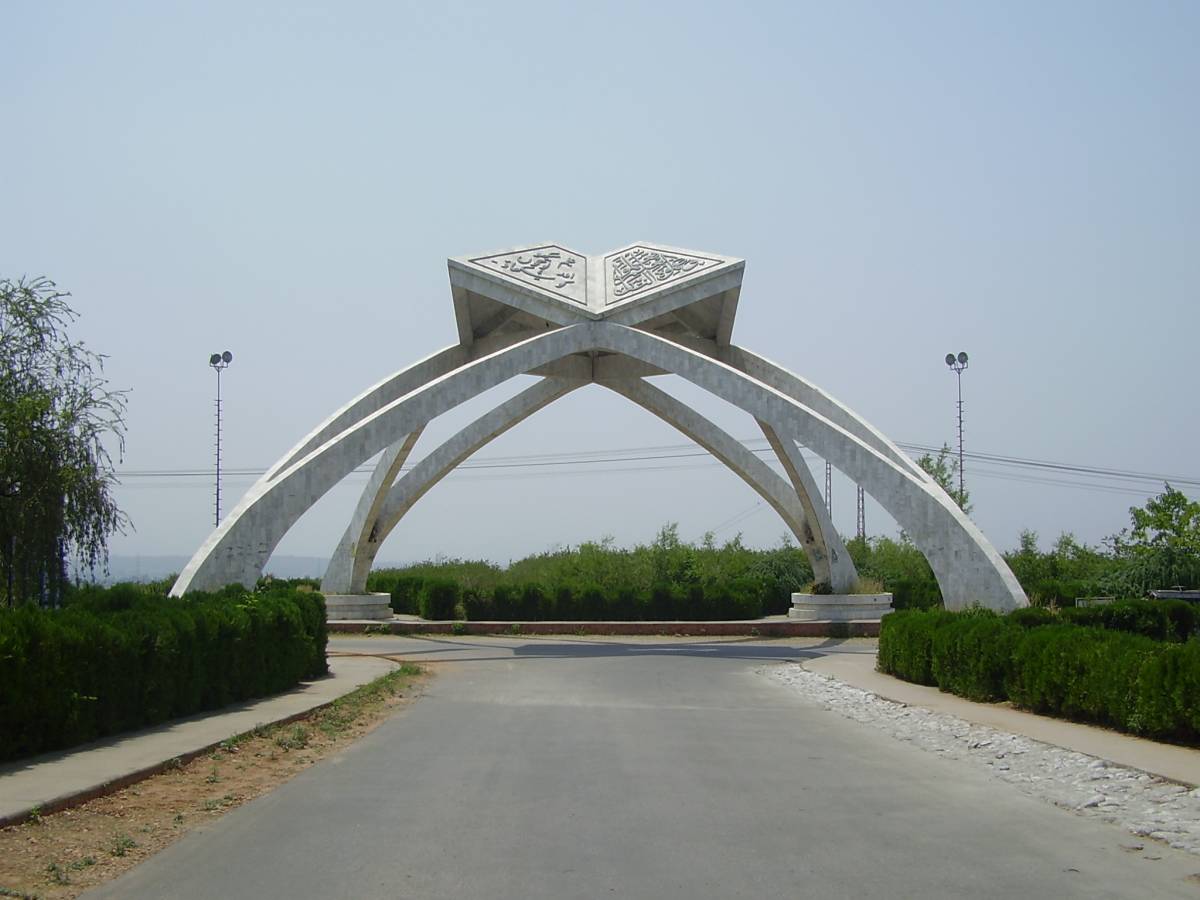The National Science Foundation (NSF) is currently facing a pivotal decision on whether to move the Thirty Meter Telescope to the final design stage by September. This project is in competition with a telescope project in Chile for limited NSF funding. Initially, the NSF had planned to support two “extremely large telescopes,” including the Thirty Meter Telescope and the Giant Magellan Telescope in Chile, with apertures ranging from 25 to 100 meters. However, the cost of each project has now skyrocketed to nearly $3 billion.
In February, the National Science Board imposed a $1.6 billion limit on the foundation’s investment in extremely large telescopes. NSF Director Sethuraman Panchanathan announced at a board meeting in May that the next step was to assemble an expert panel to evaluate each project. This process aims to gather crucial information to help determine which project should be advanced to the final design stage.
Panchanathan clarified that the decision to conduct a reverse site visit and convene a panel does not necessarily mean that any telescopes will be constructed at this time. The panel will be tasked with assessing various aspects of each project, including progress, partnerships, risks, government models, scientific value, opportunities for early career scientists, and public engagement. The panel will also evaluate the impact of supporting a project on agency resources during the design, construction, and operation phases.
Although the panel has yet to be fully formed, Panchanathan anticipates receiving a report from them by September end. This report will play an essential role in helping NSF make an informed decision on whether to advance Thirty Meter Telescope or telescope project in Chile to final design stage.
The decision by NSF could have significant implications for both projects and their respective communities.
In conclusion, this decision by NSF is critical as it could impact not only these two projects but also other future scientific endeavors that rely on limited funding resources. It remains to be seen which project will emerge victorious and how it will shape our understanding of space and its mysteries for years ahead.



